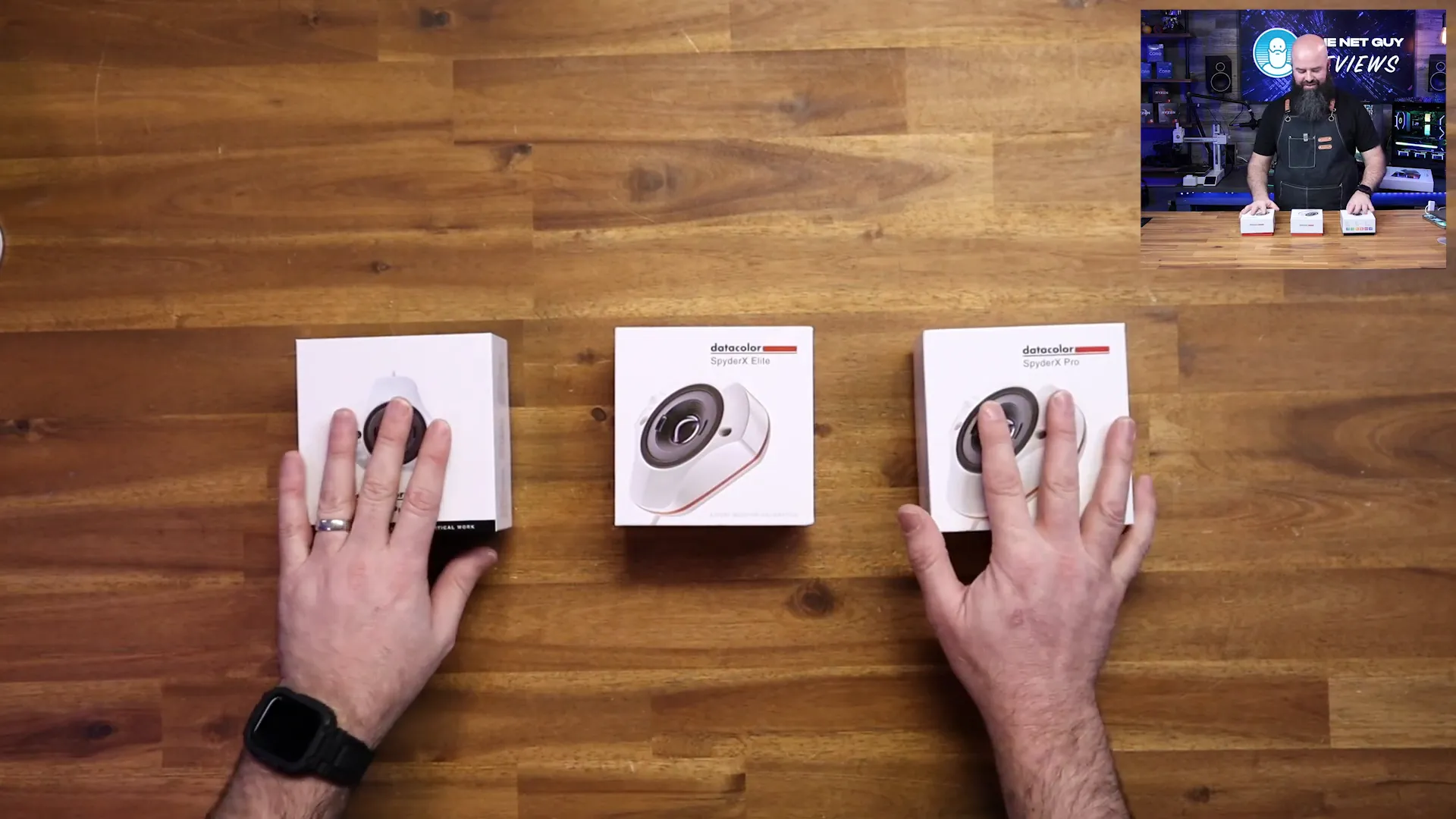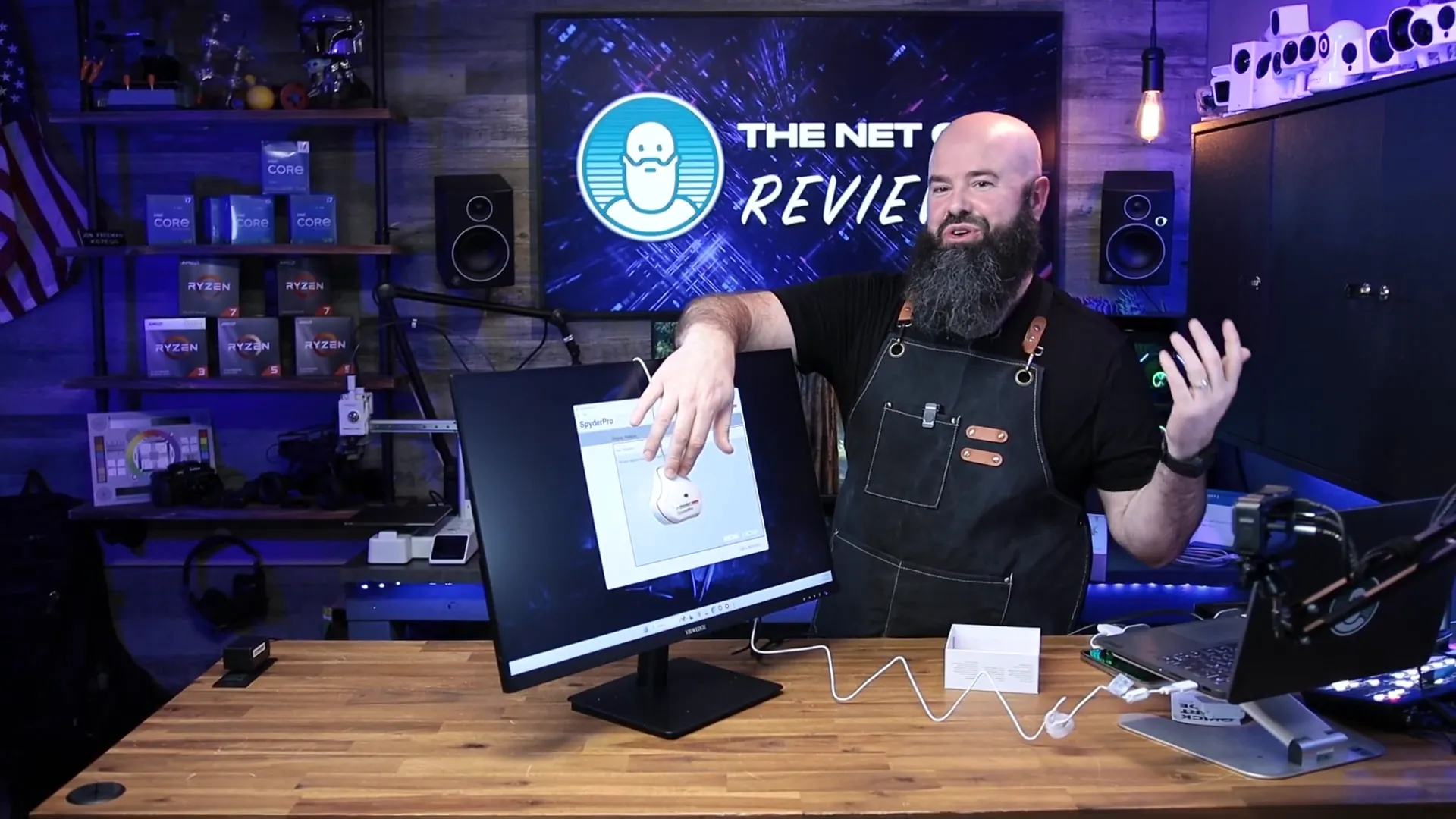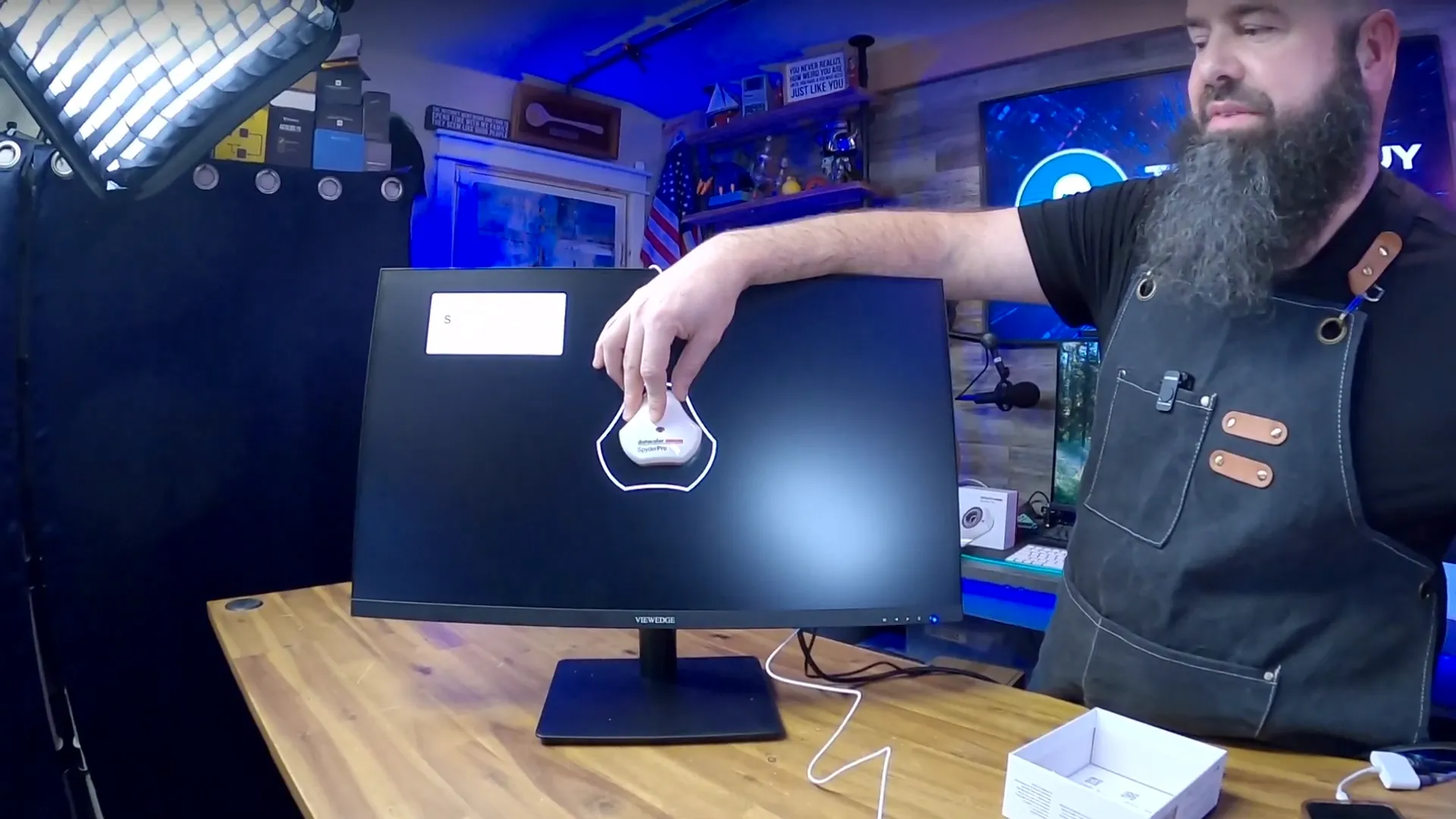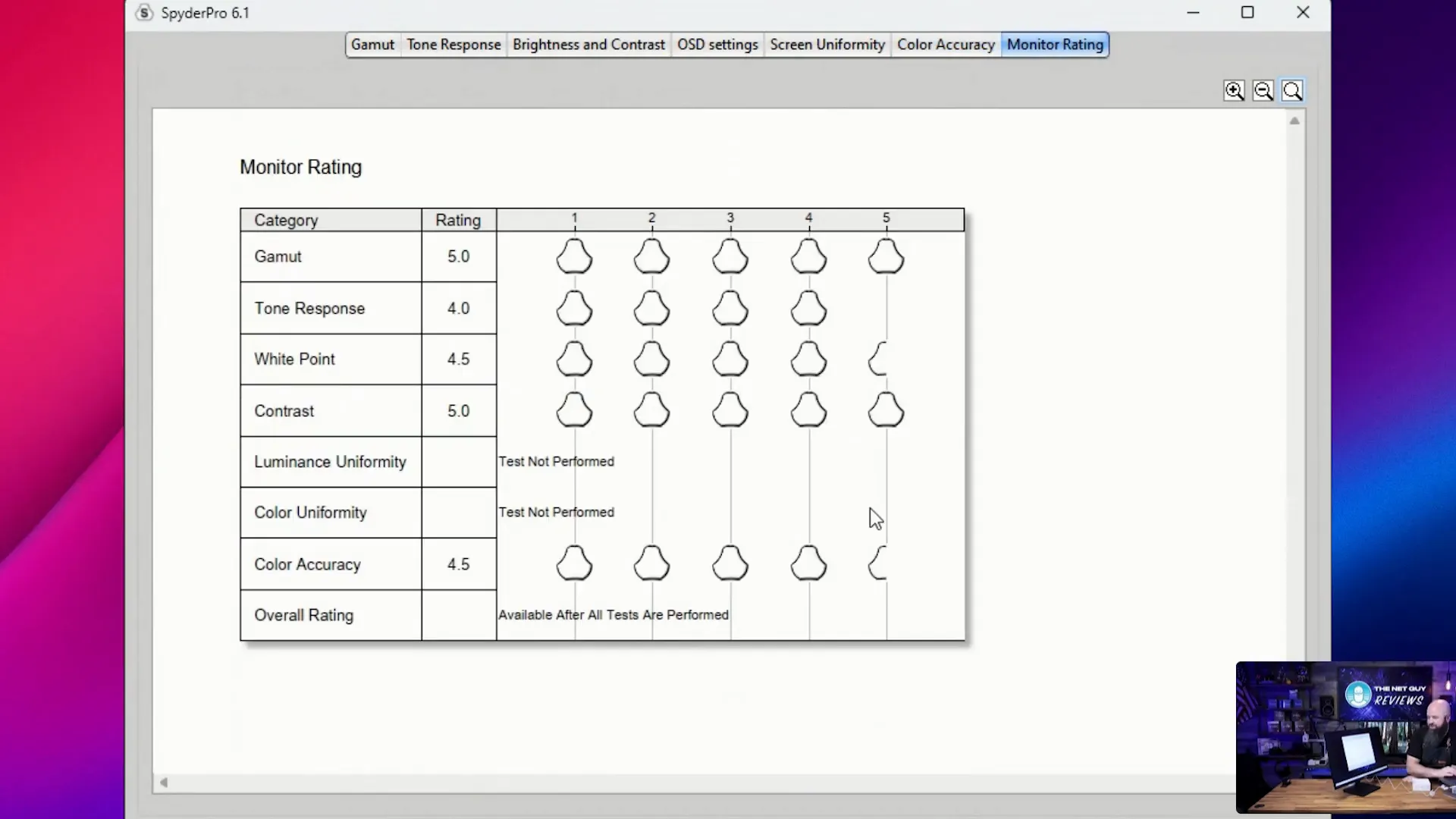Hey everyone! Today, I’m excited to dive into the world of display calibration with the Datacolor SpyderPro. This tool is designed to ensure that your monitor displays colors accurately, which is crucial for anyone working in photography, design, or video editing. If you’re looking for a reliable calibration tool, the SpyderPro might just be what you need.
Considering this item? Using my Amazon affiliate link here earns me a small commission. Thanks!
What Makes the SpyderPro Stand Out?
The SpyderPro is the latest model from Datacolor, and it comes with some impressive features. One of the standout capabilities is its ability to handle high brightness screens, specifically those ranging from 1,500 to 2,000 nits. This is particularly useful for calibrating bright displays, like the MacBook 16, which can reach similar brightness levels. If you’re working outdoors or in bright environments, this feature is a game-changer.

Another significant upgrade is the inclusion of USB Type-C connectivity, complete with a Type-A adapter. This ensures that you can easily connect the SpyderPro to a variety of devices, which is a welcome change from previous models. The two-piece clamshell design allows it to fit securely on different monitor sizes without falling off. This thoughtful design means you can focus on calibration without worrying about the device slipping.
Calibration Process Made Easy
Using the SpyderPro is straightforward. First, you need to set your monitor to the desired brightness settings. Once that’s done, the SpyderPro measures the tone response and saturation levels of your display. It can handle various color spaces, including Adobe RGB, DCI-P3, and sRGB. The calibration process involves adjusting brightness, testing saturation, and measuring color accuracy.

The SpyderPro even includes an ambient light sensor, which adjusts the calibration based on the lighting conditions in your room. This feature is particularly handy if your workspace has varying light levels throughout the day. For example, if you start your work in the morning with natural light, and then the sun sets, the SpyderPro will ensure your colors remain accurate.
Understanding Delta E and Color Accuracy
One of the key metrics to consider when calibrating your monitor is Delta E, which measures the difference between the color you expect to see and what your monitor actually displays. An average Delta E of 2 or below is considered excellent. The SpyderPro can help you achieve this level of accuracy, ensuring that your colors remain true to life.

During testing, I found that the monitor achieved an average Delta E below 1, which is remarkable. This level of accuracy rivals factory-calibrated monitors, making the SpyderPro an essential tool for any professional in the color-critical fields.
Performance Review and Conclusion
The overall performance of the SpyderPro is impressive. It provides detailed reports on color accuracy, gamma curves, contrast ratios, and saturation levels. Even without a full calibration, the monitor tested performed exceptionally well, underscoring the importance of tools like the SpyderPro for precise adjustments.

In conclusion, if you’re serious about color accuracy in your work, the Datacolor SpyderPro is a fantastic investment. It combines advanced features with ease of use, making it suitable for both beginners and seasoned professionals. Plus, with its ability to calibrate high-brightness displays, it stands out as one of the best tools in the market today.
Considering this item? Using my Amazon affiliate link here earns me a small commission. Thanks!
Don’t forget to subscribe to my YouTube channel for more reviews and tech insights at The Net Guy Reviews. Happy calibrating!